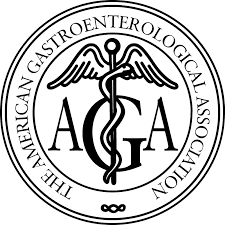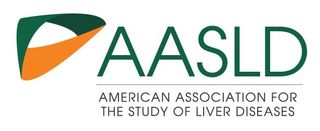Gastroenterology Frequently Asked Questions in Troy, New York
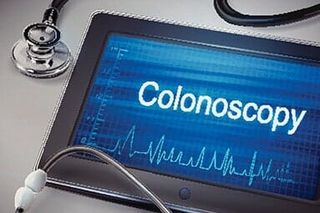
Q. What is colonoscopy?
A. A colonoscopy is an internal examination of the colon (large intestine) using an instrument called a colonoscope. The colonoscope is a small camera attached to a flexible tube that is used to examine the entire length of the colon.
A. A colonoscopy is an internal examination of the colon (large intestine) using an instrument called a colonoscope. The colonoscope is a small camera attached to a flexible tube that is used to examine the entire length of the colon.

Q. How is the test performed?
A. You will lie on your side or back as the doctor slowly passes the colonoscope along your large intestine to look at the lining. Your doctor will again, examine the lining as the colonoscope is taken out. Air will be inserted through the scope to provide a better view. Suction may be used to remove secretions. Tissue samples may be taken with tiny biopsy forceps inserted through the scope. Polyps may be removed with electrocautery snares. Photographs may be taken
Specialized procedures, such as injection therapy, clipping, and tattooing to better localize lesions may be performed.
A. You will lie on your side or back as the doctor slowly passes the colonoscope along your large intestine to look at the lining. Your doctor will again, examine the lining as the colonoscope is taken out. Air will be inserted through the scope to provide a better view. Suction may be used to remove secretions. Tissue samples may be taken with tiny biopsy forceps inserted through the scope. Polyps may be removed with electrocautery snares. Photographs may be taken
Specialized procedures, such as injection therapy, clipping, and tattooing to better localize lesions may be performed.
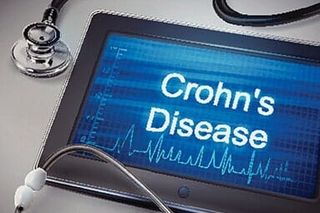
Q. How to prepare for the test?
A. Thorough cleansing of the bowel prior to colonoscopy is very important so that the procedure can be accurate and complete. You will be given detailed instructions for doing this. A bowel preparation is made up of either drinking a large quantity of a special cleansing drink, or it may involve a combination of laxative pills and a clear liquid drink. To avoid dehydration during this preparation phase, you will be asked to drink plenty of clear liquids such as juices and broths. Preparation for colonoscopy can very rarely cause kidney problems.
A. Thorough cleansing of the bowel prior to colonoscopy is very important so that the procedure can be accurate and complete. You will be given detailed instructions for doing this. A bowel preparation is made up of either drinking a large quantity of a special cleansing drink, or it may involve a combination of laxative pills and a clear liquid drink. To avoid dehydration during this preparation phase, you will be asked to drink plenty of clear liquids such as juices and broths. Preparation for colonoscopy can very rarely cause kidney problems.
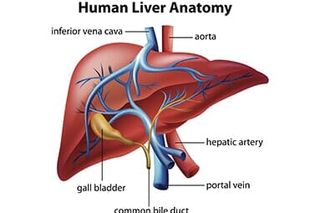
Upper GI endoscopy can be used to remove stuck objects, including food, and to treat conditions such as bleeding ulcers. It can also be used to biopsy tissue in the upper GI tract. During a biopsy, a small piece of tissue is removed for later examination with a microscope.
- Abdominal Pain
- Nausea
- Vomiting
- Swallowing Difficulties
- Gastric Reflux
- Unexplained Weight Loss
- Anemia
- Bleeding In The Upper GI Tract
Q. When Is Upper GI Endoscpy Used?
A. Upper GI endoscopy can be used to determine the cause of:
A. Upper GI endoscopy can be used to determine the cause of:
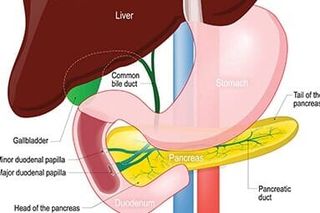
Q. How Is Upper GI Endoscopy Performed?
A. Upper GI endoscopy is conducted at a hospital or outpatient center.
Patients may receive a local, liquid anesthetic that is gargled or sprayed on the back of the throat. The anesthetic numbs the throat and calms the gag reflex. An intravenous (IV) needle is placed in a vein in the arm if a sedative will be given.
Sedatives help patients stay relaxed and comfortable. While patients are sedated, the doctor and medical staff monitor vital signs.
A. Upper GI endoscopy is conducted at a hospital or outpatient center.
Patients may receive a local, liquid anesthetic that is gargled or sprayed on the back of the throat. The anesthetic numbs the throat and calms the gag reflex. An intravenous (IV) needle is placed in a vein in the arm if a sedative will be given.
Sedatives help patients stay relaxed and comfortable. While patients are sedated, the doctor and medical staff monitor vital signs.
During the procedure, patients lie on their back or side on an examination table. An endoscope is carefully fed down the esophagus and into the stomach and duodenum.
A small camera mounted on the endoscope transmits a video image to a video monitor, allowing close examination of the intestinal lining. Air is pumped through the endoscope to inflate the stomach and duodenum, making them easier to see. Special tools that slide through the endoscope allow the doctor to perform biopsies, stop bleeding, and remove abnormal growths
A small camera mounted on the endoscope transmits a video image to a video monitor, allowing close examination of the intestinal lining. Air is pumped through the endoscope to inflate the stomach and duodenum, making them easier to see. Special tools that slide through the endoscope allow the doctor to perform biopsies, stop bleeding, and remove abnormal growths
 147 Hoosick St Ste A, Troy, NY 12180
147 Hoosick St Ste A, Troy, NY 12180
